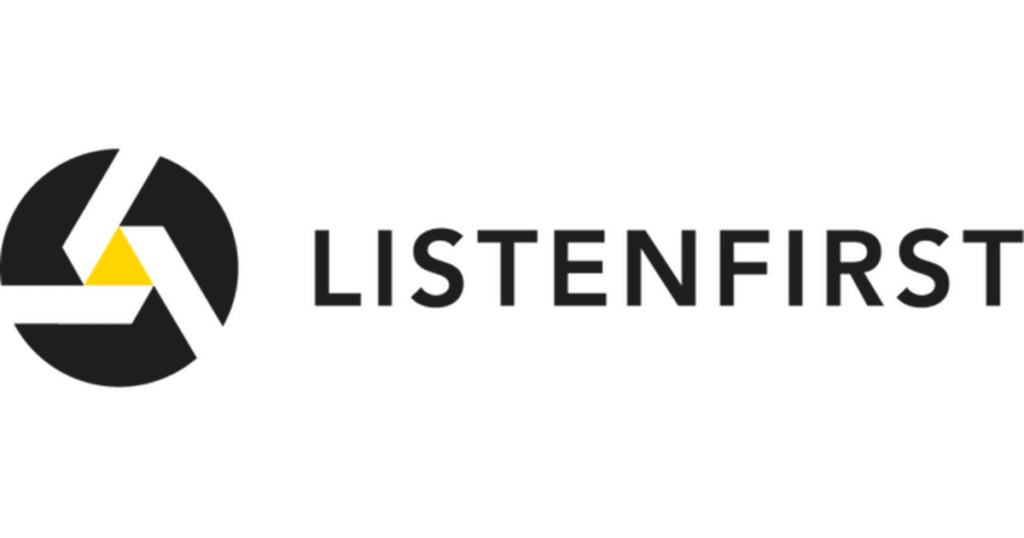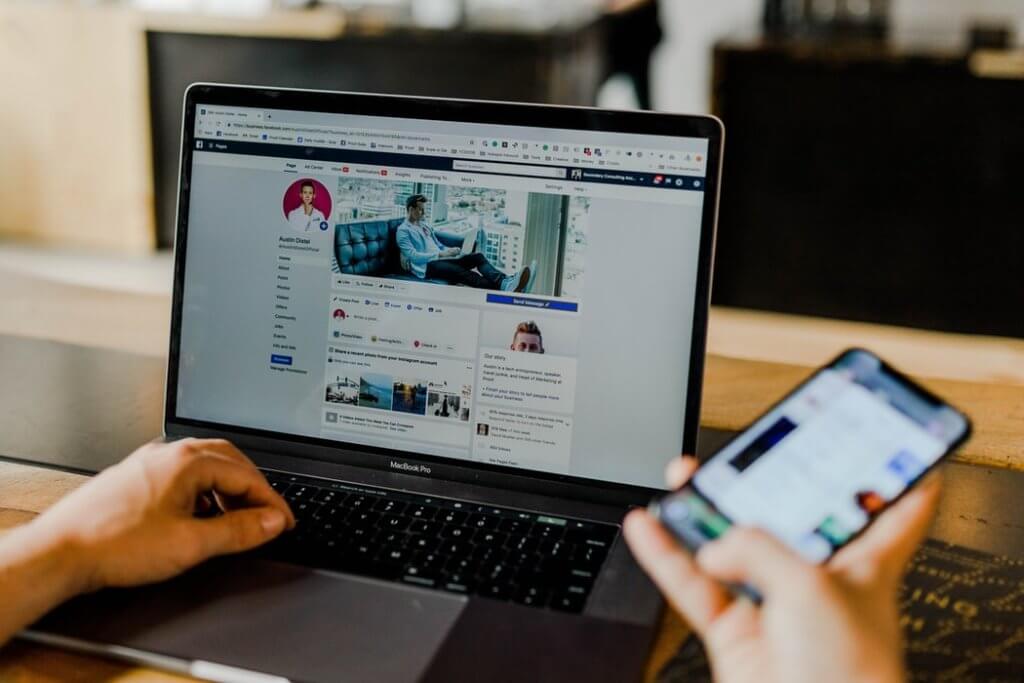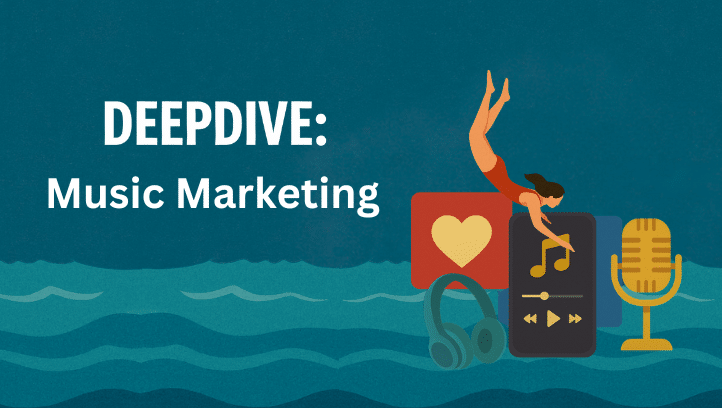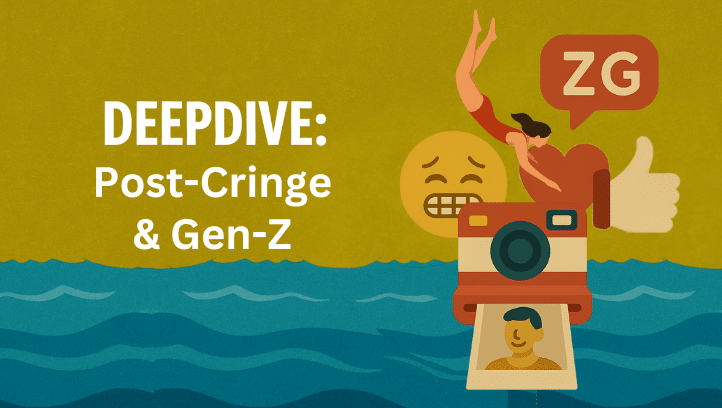With more than 1,100 businesses ultimately signing up for the Anti-Defamation League’s #StopHateForProfit Boycott of Facebook and Instagram ads in July 2020, the campaign succeeded at getting both the press and the public’s attention. However, what facts actually changed on the ground for brands around social media? Now that July has ended, we answer those questions as well as look at if the boycott is continuing on into August.
Here are the 5 most interesting insights ListenFirst found.
Insight #1. Brands Shared –67% Less New Facebook Ads In July
Methodology: Looking at the indexed number of Facebook and Instagram ads brands from the ListenFirst Data Co-op launched between July 2020 compared to the indexed number of Facebook and Instagram ads brands launched between July 2019.
Data from the ListenFirst Data Co-op shows that the #StopHateForProfit boycott resulted in brands sharing -67% less new ads on Facebook and Instagram in July 2020 compared to July 2019. While there are reports of a few companies increasing their Facebook spend in July, on the whole the level of brand participation in the Stop Hate For Profit boycott was fairly dramatic.
Insight #2. The Facebook Boycott Isn’t Ending Just Because July Did
Early evidence indicates that brands are advertising less going into August. During August 1-2, 2020; ListenFirst Data Co-op brands shared -97% less new ads on Facebook and Instagram compared to August 1-2, 2019. Adjusting that for the fact that August began on the weekend, brands shared -73% less new Facebook and Instagram ads during the first weekend of August 2020 compared to the first weekend of August 2019.
Insight #3. There’s No Indication There Were Less Organic Posts Because Of The Boycott
Methodology: Measuring the volume of new posts 485 Top Advertisers posted on Facebook, Twitter, Instagram, YouTube, and Tumblr during July 2020 compared to July 2019.
Looking at 485 Top Advertisers, they shared 54,540 new posts on social media in July 2020 which was an -11% decrease from the number of posts they shared in July 2019. Broken down by platform, Top Advertiser brands shared -20% less posts on Twitter, -14% less Instagram posts, and -1% less Facebook posts in July 2020 compared to July 2019. While clearly Top Advertiser brands were sharing less organic posts across the board in July 2020, Facebook was the platform where Top Advertisers were the most hesitant to cut back on the amount of new posts they shared.
Brands refusing to post ads on Facebook in July meant exactly that and didn’t extend to Top Advertiser brands also scaling back the amount of organic posts they were sharing on Facebook during the month. At the same time, since 2018 we’ve seen a long term trend of Top Advertisers posting less organic posts on social platforms, which speaks to why the number of new posts on Twitter and Instagram are down year over year.
Insight #4. The Ban Likely Did Affect Facebook Engagement
Methodology: ListenFirst Social Engagement measures the volume of post responses (likes, reactions, comments, shares, retweets, replies) and fan growth on Facebook, Twitter and Instagram around 485 Top Advertisers brands during July 2020 compared to July 2019.
Overall, ListenFirst social engagement for Top Advertiser brands was up 7% in July 2020 compared to July 2019, but at closer examination that growth has nothing to do with Facebook. Comparing July in 2020 to July 2019; Top Advertisers saw social engagement increase by 7% on Instagram, while social engagement decreased by -21% on Facebook.
Since the social engagement signals of post responses and fan growth can both be impacted by paid amplification; Facebook engagement is likely down so significantly for Top Advertiser brands because their Facebook page and posts were much less likely to be amplified in July. For instance, between January – June 2020 , Top Advertiser brands increased the amount of social engagement around them on Facebook by 12% compared to January – June 2019. Without that paid boost, Facebook engagement decreased.
Insight #5. Sports, Not Summer (Streaming) Movies, Behind Lift In Instagram Engagement
That Instagram social engagement around Top Advertiser brands was up 7% during July 2020 compared to July 2019 was a new and positive development during quarantine. For example, between April – June 2020; Top Advertisers saw their Instagram social engagement decreased by -22% compared to April – June 2019. So what changed in July? As we’ve previously discussed, the return of the sports was a big factor, for instance around the basketball restart, the NBA increased their Instagram engagement by 67% in July 2020 compared to July 2019. Meanwhile in the same time period, ESPN generated 45% more social engagement on Instagram.
On the other hand, social engagement for streamers wasn’t necessarily up in July, even as people were home more this Summer compared to last. Netflix might have been the Top Advertiser brand with the third most Instagram social engagement in July 2020, but that was still down -6% from the amount of Instagram social engagement Netflix generated in July 2019. The biggest difference appears to be last year Netflix was promoting a new season of Stranger Things, and while The Kissing Booth 2 did come out in July for Netflix and is incredibly popular, it still didn’t provide Netflix with a Stranger Things sized lift on Instagram.
Want to learn more about how ListenFirst can help brands understand the big picture around social media and activate around those insights? Request A Demo Today!



